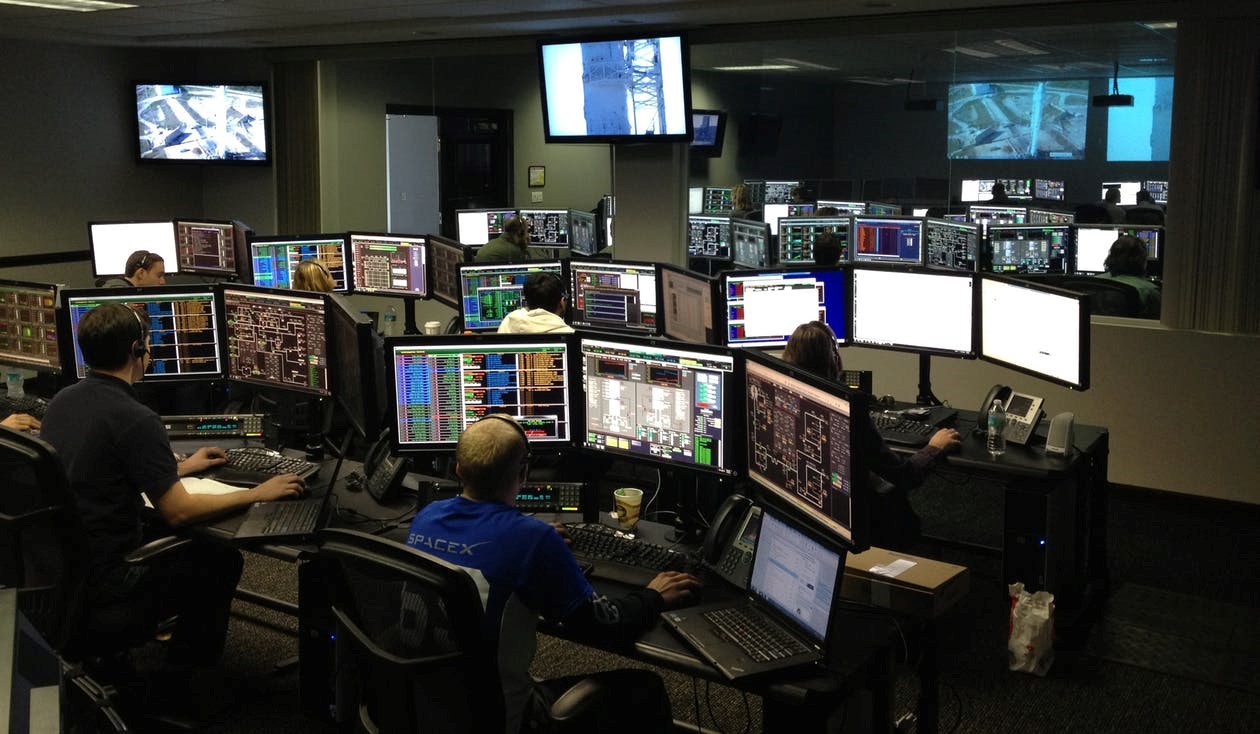How to Effectively Update and Upgrade In-House Control Centers

Ergonomics and Physical Dimensions of the Control Center
One of the key challenges to address when tackling in-house operational processes involves simple inefficiency. From a physical perspective, this can be associated with a control center that is not suited for the needs of the facility in question. Some factors which should be considered include:
- The amount of workspace provided to employees.
- Ergonomically designed furniture.
- Computers and similar hardware that is distributed in the most efficient manner.
- The use of new technologies in order to augment levels of productivity.
Simply stated, a comfortable work environment will always be associated with higher levels of productivity.
Taking Financial Concerns Into Account
Effective control centers will require an investment; particularly when choosing designs that are best suited for a specific workplace. It is therefore important to appreciate how such an implementation will impact the return on investment (ROI) from both short- and long-term perspectives. As this article highlights, companies will often opt for low-quality configurations in the belief that functionality is more important than ergonomics and longevity. It is wiser to make a greater financial commitment in order to ensure that the center offers greater levels of productivity and employee satisfaction well into the future.
Connectivity and Security
Assuming that an upgrade is required, managers will also need to take into account the ways in which the control center is connected to other in-house systems. These concerns can generally be broken down into three categories:
- A reliable source of power.
- Internet connectivity.
- The presence of robust cybersecurity protocols.
It should also be mentioned that the OCC in question should be equipped with redundant data storage solutions in order to avoid the crippling downtime associated with a system fault or even a complete failure.
Designing a “Crisis Room”
Crisis rooms are often used to hold meetings, to analyse the results of a specific project and to define future strategies. Upgrading a control center will frequently involve addressing the needs of this environment. Examples include what its purpose will be, what type of hardware should be present, the size of the room in question, and whether or not additional security protocols should be implemented. On a final note, creature comforts such as tables, desks and chairs must also be taken into account when designing an effective crisis room.
It is a foregone conclusion that upgrading an existing control center will require time and a financial commitment. However, these efforts are well worth the end results when we consider the important roles that such centers play within modern industrial and production-related environments.
























